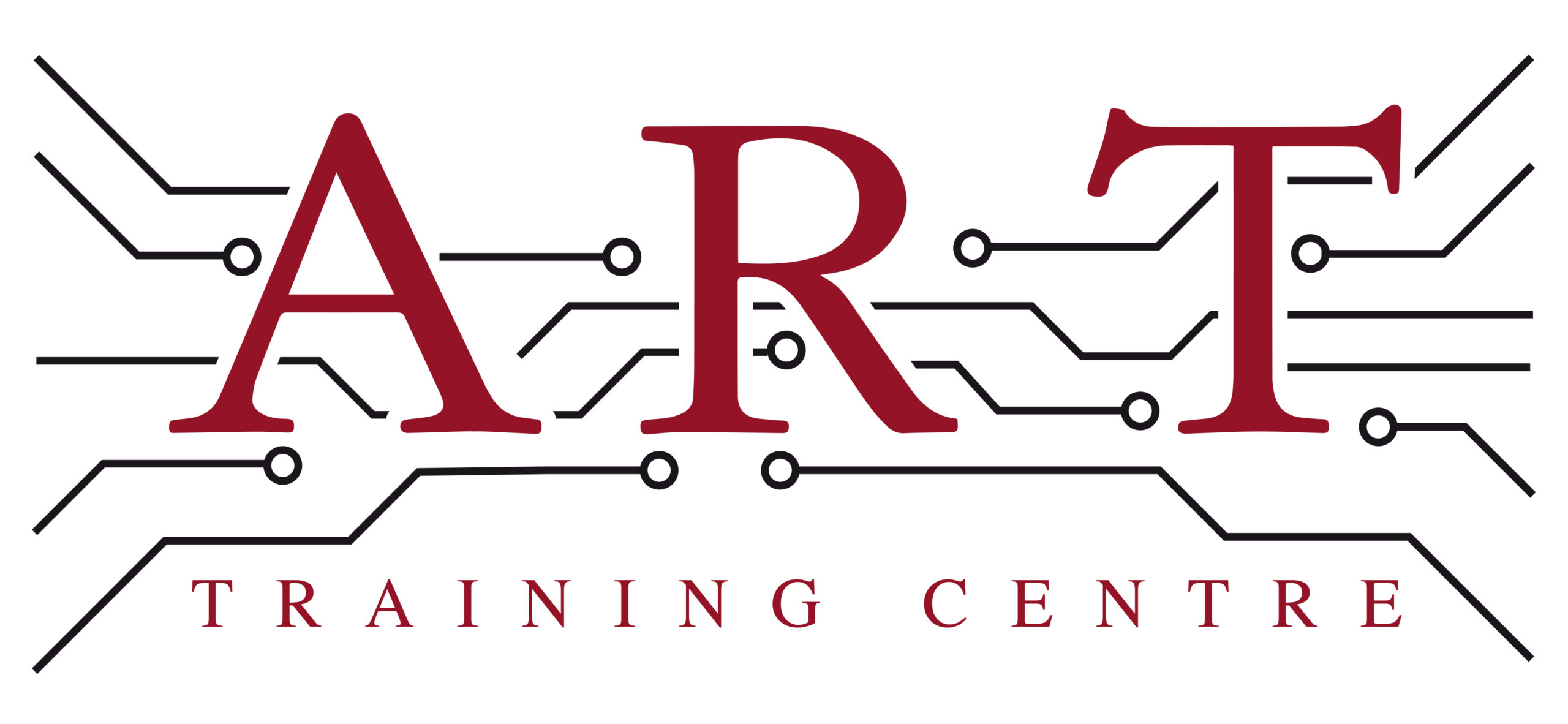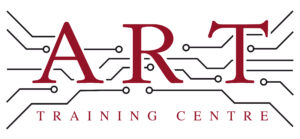Definition
Thermocouple Attachment is a process used in electronics manufacturing to attach thermocouples to components or printed circuit boards (PCBs). Thermocouples are sensors that measure temperature by producing a voltage based on the temperature difference between two junctions of different metals. This attachment is essential for monitoring and controlling temperatures during soldering, rework, and assembly processes, ensuring that components are not damaged by excessive heat.
How It’s Used in the Industry
In electronics assembly, Thermocouple Attachment is applied by first selecting appropriate thermocouples for the components being monitored. Technicians attach the thermocouples to the relevant areas of the PCB or component using adhesives or soldering techniques. During soldering, the thermocouples provide real-time temperature readings, allowing for precise control of the heating process. This is crucial for both novice technicians and experienced professionals, as it helps prevent overheating, ensuring the integrity of sensitive components and improving overall quality in production and repair processes.
History & Origins
Thermocouple Attachment became common in electronics manufacturing in the late 20th century, coinciding with the rise of automated soldering technologies. Early adoption was driven by the need for better temperature control in soldering processes, leading to the development of industry standards like those set by IPC. As electronics became more complex, the importance of accurate temperature measurement grew, making thermocouples a standard tool in both assembly and rework environments.
Variations
There are several variations of Thermocouple Attachment, including different types of thermocouples (e.g., Type K, J, T) that vary in temperature ranges and sensitivity. In comparison to other temperature measurement methods, such as infrared sensors, thermocouples offer higher accuracy in direct contact applications. Each type of thermocouple is suited for specific tasks, making it important for learners to understand their differences and appropriate applications in electronics manufacturing.
Modern Applications
Today, Thermocouple Attachment is widely used in electronics production and repair, particularly in surface mount and through-hole assembly processes. Its relevance is underscored by the need for quality and reliability in modern electronics. Compliance with IPC standards ensures that thermocouples are used effectively to monitor temperatures during soldering and rework, helping to maintain high manufacturing standards and reduce the risk of component failure.
Practical Tips & Training
When working with Thermocouple Attachment, it is important to use the correct type of thermocouple for the application and to ensure proper attachment techniques. Safety points include handling soldering equipment carefully to avoid burns. Technicians should regularly inspect thermocouple connections for reliability. Structured training and certification in electronics are beneficial for understanding the nuances of thermocouple use, enhancing both skills and safety in the workplace.


